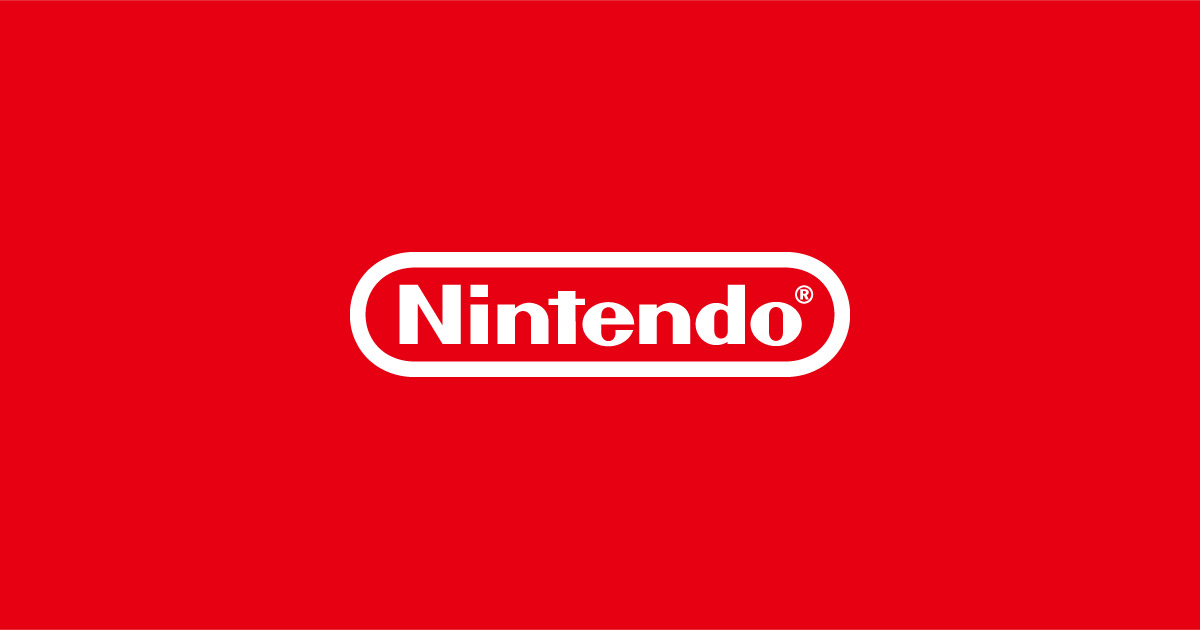Nintendo has implemented a major change to its Nintendo Switch eShop charts, marking a shift in how best-selling games are determined on the digital storefront.
Historically, Nintendo ranked its eShop charts based on the sheer volume of units sold within a 48-hour period.
This method showcased which games were moving the most copies in the short term, often resulting in inexpensive or impulse-purchase titles frequently appearing in the top ten rankings. In a significant update to this methodology, Nintendo now compiles its eShop charts using a revenue-based system calculated over a 72-hour window.
According to official statements from Nintendo representatives, this transition means best-selling status is now awarded to titles generating the highest total revenue over the past three days, rather than those with the most unit sales alone.
The updated approach is designed to highlight games that not only sell well but also command consistent value, potentially curbing the prominence of low-cost “shovelware” that previously dominated the charts due to high sales volume at rock-bottom prices. A spokesperson from Nintendo clarified the intent behind this change, highlighting the company’s focus on presenting a storefront that better reflects quality and value.
The revised system, said the spokesperson, is meant to 'provide a more accurate representation of titles driving meaningful engagement and revenue on the Nintendo Switch eShop.' As a result, consumers browsing the charts will encounter games that have achieved commercial success, not just those benefiting from fleeting discounts or low price points. This move by Nintendo aligns with ongoing efforts in the gaming industry to enhance digital storefront discoverability and champion higher-quality game experiences.
However, it does come with trade-offs.
Shifted to a revenue-focused ranking, certain indie games—often praised for innovation despite modest price tags—may now find it more challenging to appear in the upper echelons of the eShop charts.
This has sparked conversations among developers and industry observers regarding the visibility of acclaimed lower-cost titles within the increasingly competitive Switch marketplace. The Nintendo Switch eShop remains a popular platform for both established and independent developers, having hosted thousands of releases since the system’s global debut in March 2017.
Nintendo continues to refine the user experience of its digital storefront, as evidenced by this latest adjustment to Sales Chart curation and discoverability mechanisms. As the Switch platform enters its eighth year of success, the refined eShop chart methodology underscores Nintendo’s commitment to quality and innovation—paving the way for a more curated and representative digital marketplace for its expansive player base.
Historically, Nintendo ranked its eShop charts based on the sheer volume of units sold within a 48-hour period.
This method showcased which games were moving the most copies in the short term, often resulting in inexpensive or impulse-purchase titles frequently appearing in the top ten rankings. In a significant update to this methodology, Nintendo now compiles its eShop charts using a revenue-based system calculated over a 72-hour window.
According to official statements from Nintendo representatives, this transition means best-selling status is now awarded to titles generating the highest total revenue over the past three days, rather than those with the most unit sales alone.
The updated approach is designed to highlight games that not only sell well but also command consistent value, potentially curbing the prominence of low-cost “shovelware” that previously dominated the charts due to high sales volume at rock-bottom prices. A spokesperson from Nintendo clarified the intent behind this change, highlighting the company’s focus on presenting a storefront that better reflects quality and value.
The revised system, said the spokesperson, is meant to 'provide a more accurate representation of titles driving meaningful engagement and revenue on the Nintendo Switch eShop.' As a result, consumers browsing the charts will encounter games that have achieved commercial success, not just those benefiting from fleeting discounts or low price points. This move by Nintendo aligns with ongoing efforts in the gaming industry to enhance digital storefront discoverability and champion higher-quality game experiences.
However, it does come with trade-offs.
Shifted to a revenue-focused ranking, certain indie games—often praised for innovation despite modest price tags—may now find it more challenging to appear in the upper echelons of the eShop charts.
This has sparked conversations among developers and industry observers regarding the visibility of acclaimed lower-cost titles within the increasingly competitive Switch marketplace. The Nintendo Switch eShop remains a popular platform for both established and independent developers, having hosted thousands of releases since the system’s global debut in March 2017.
Nintendo continues to refine the user experience of its digital storefront, as evidenced by this latest adjustment to Sales Chart curation and discoverability mechanisms. As the Switch platform enters its eighth year of success, the refined eShop chart methodology underscores Nintendo’s commitment to quality and innovation—paving the way for a more curated and representative digital marketplace for its expansive player base.






